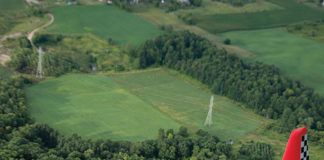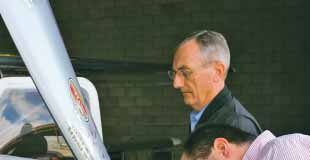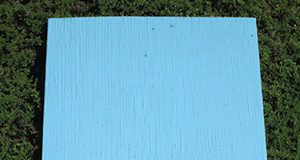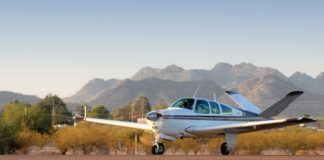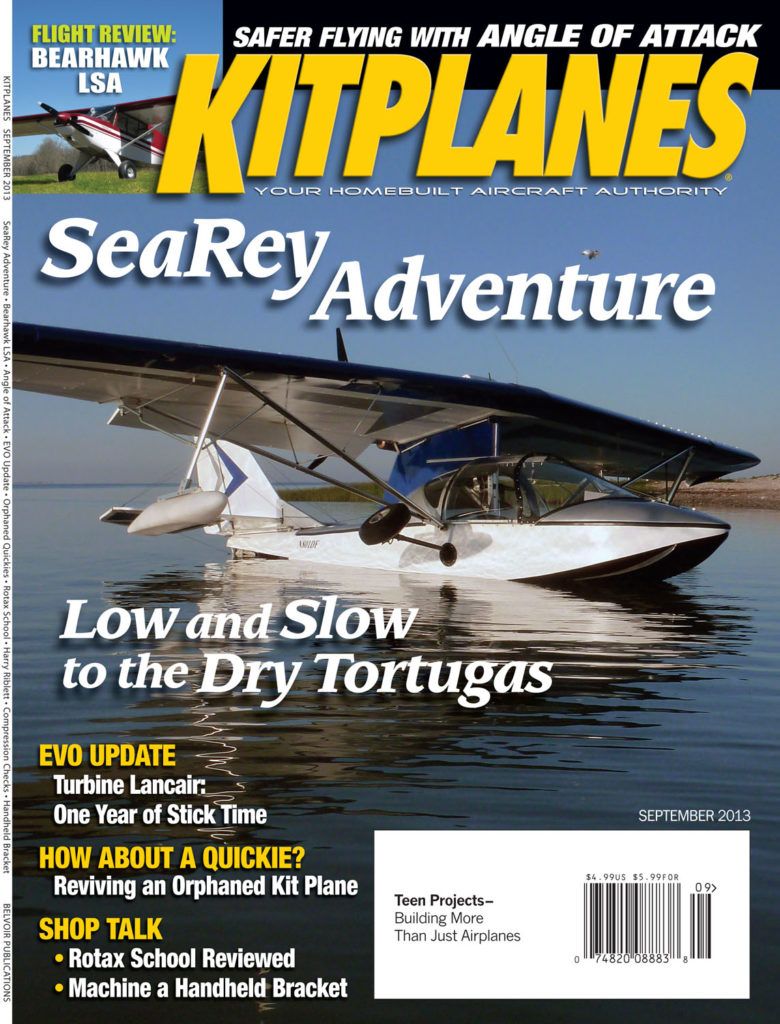 Our cover featured a SeaRey amphibian chilling out on the water. Inside, Dave Forster took us along as he flew with another SeaRey from Houston, along the Gulf Coast and down to the Dry Tortugas. It started with barely VFR weather that was not improving after departing Houston. “In any other airplane, the pucker factor would have been off the scale, but…waterway below was a 3000-mile-long runway, ready for us to bail out at any time. With the deteriorating weather, there were only two good choices: continue following the ship channel or set down on the water and wait it out. Striking out across the Louisiana swamps didn’t seem like such a good idea; visibility could drop at any time, and without the smooth stretch of water below us, landing options would be limited. Visibility was sufficient to continue ahead, so on we flew, following the curve of the channel. It was a tortoise race between hope of improvement and the dropping fuel needle.”
Our cover featured a SeaRey amphibian chilling out on the water. Inside, Dave Forster took us along as he flew with another SeaRey from Houston, along the Gulf Coast and down to the Dry Tortugas. It started with barely VFR weather that was not improving after departing Houston. “In any other airplane, the pucker factor would have been off the scale, but…waterway below was a 3000-mile-long runway, ready for us to bail out at any time. With the deteriorating weather, there were only two good choices: continue following the ship channel or set down on the water and wait it out. Striking out across the Louisiana swamps didn’t seem like such a good idea; visibility could drop at any time, and without the smooth stretch of water below us, landing options would be limited. Visibility was sufficient to continue ahead, so on we flew, following the curve of the channel. It was a tortoise race between hope of improvement and the dropping fuel needle.”
Their tour was a success. Summing it up, Forster said, “Traveling cross country in an air- plane like the SeaRey is not the fastest mode of transportation, but it gave us a unique, low-and-slow perspective of the country, along with sights, smells and experiences that couldn’t be obtained in any other way.”
Test pilot Chuck Berthe took a close look at the updated Bearhawk LSA. Bob Barrows’ design had first flown with 65 hp, but this version had a breathed-on Continental C-85 good for an estimated 105 hp. Chuck commented, “My RVs give a pretty good push from the back of the seat on takeoff; I didn’t expect much from a fixed-pitch, 105-hp LSA. Wrong. I’d intended to take a peek over Barrows’ shoulder at the liftoff speed, but the rapid 200-foot takeoff roll, followed by a steep 60 mph IAS climb-out precluded a peek at much of anything.” Concluding his story, Berthe noted, “For builders who want a bush plane that meets LSA requirements, the Bearhawk LSA is an attractive option. It has equal or better performance than many similar designs, particularly in cruise.” He noted that the Bearhawk managed 117 mph on an estimated 80 hp.
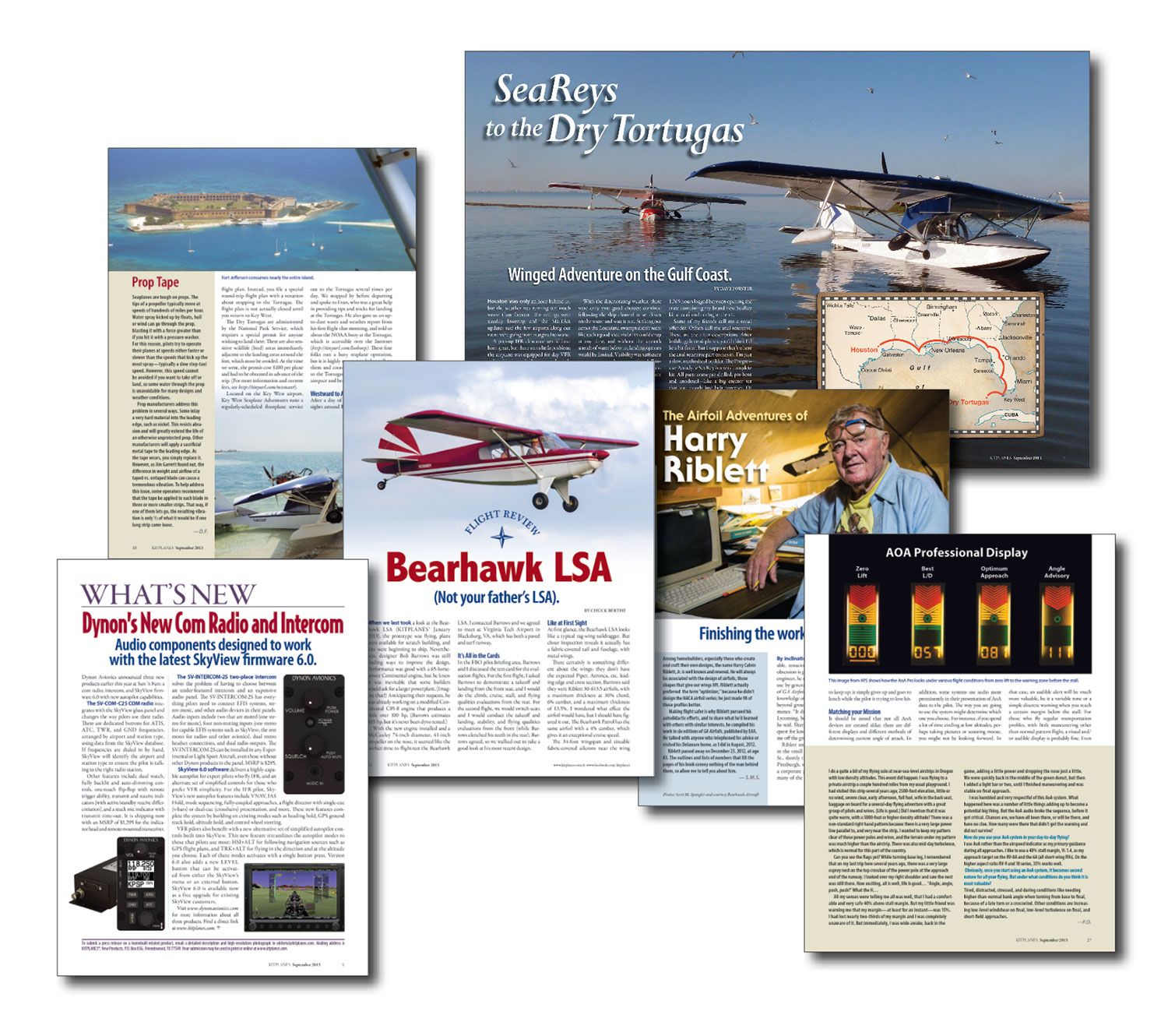
Paul Dye reviewed Advanced Flight Systems’ AoA Pro angle-of-attack system, which had come to his attention through Richard VanGrunsven’s brother, Jerry, whom Paul described as a “true believer” in AoA. The standalone AoA was installed in Paul’s RV-8. At the conclusion, he said, “So far, I have about 50 hours in my airplane with the display installed, and several of those hours have been in maneuvering flight where angle of attack really comes into play. I can honestly say that I have been surprised once or twice to find that a normal habit for me has brought me closer to the stall than I would have expected.”
Elsewhere in the issue, Dave Prizio visited the Rotax school at the now-defunct California Power Systems; Scott Spangler had a wonderful interview with airfoil guru Harry Riblett; and Dan Horton took a deep dive into cylinder compression testing.
Dynon was in the process of building out its SkyView suite a decade ago, and we covered the announcement of its new remote com radio and intercom modules that had been made at Sun ’n Fun that year. SkyView’s autopilot functions had been updated at that point as well, though the high-resolution HDX was still in the company’s future.

